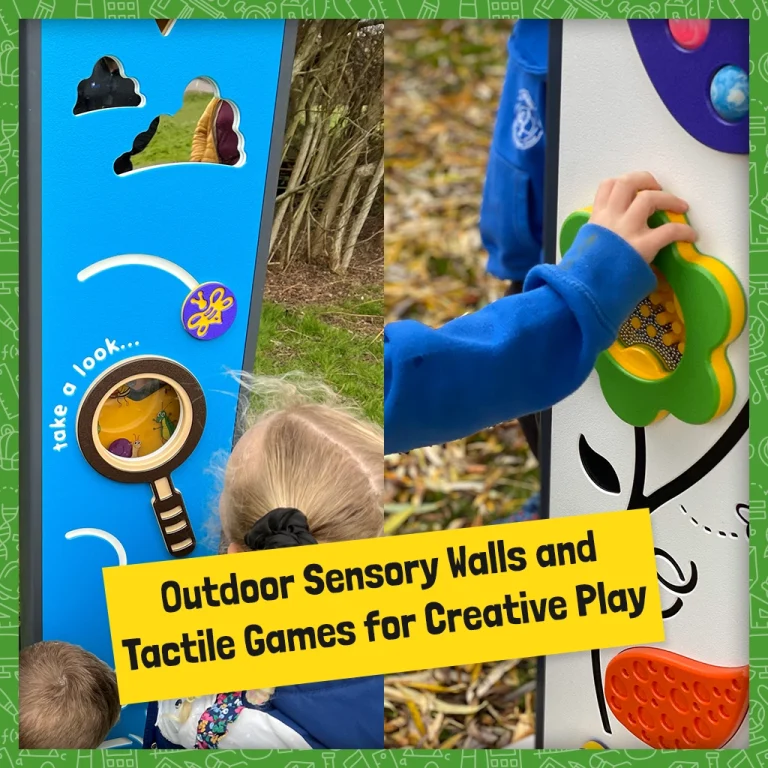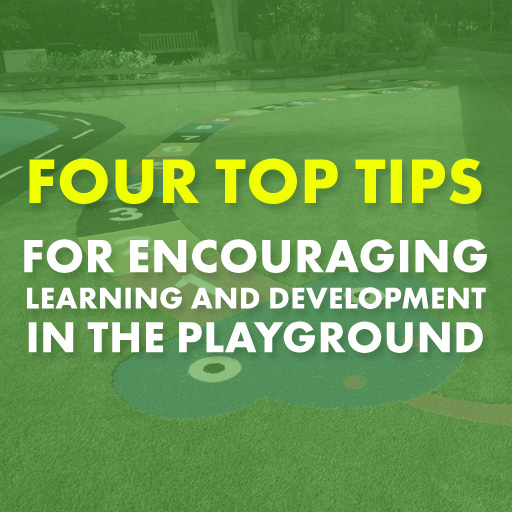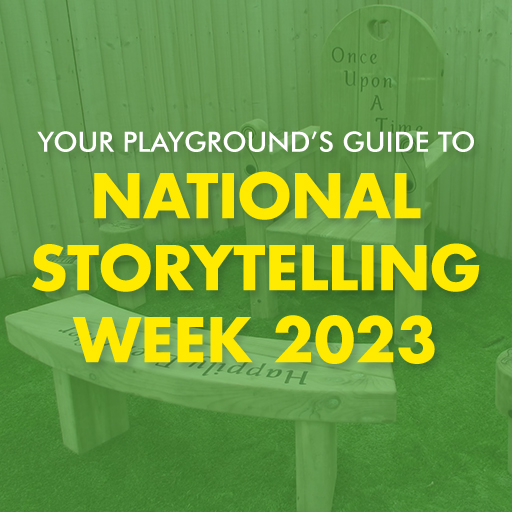One of the most important things you can do to ensure your playground is a welcoming and inviting space for all is to include inclusive playground equipment. Inclusivity means that children of all abilities and backgrounds have the ability to play in the same way as their other friends and classmates, usually by providing equipment or activities that cater to a range of abilities.
Here at The School Playground Company, we believe that every child deserves the same freedom when it comes to play, despite their individual differences. As such, this article will be focusing on ways in which you can focus on inclusivity in your playground, and make every child feel included and valued.
Inclusive Playground Equipment – Sensory Equipment
Sensory equipment is designed to stimulate and engage the senses, which provides a safe space for children with sensory processing issues to explore their surroundings at their own pace and comfort level. There is a wide range of sensory equipment available, and most can be easily implemented into your playground.
Sensory equipment should deal with both over and under-stimulation, as both are important factors for children with sensory processing issues. Stimulation issues can arise when a child is over-stimulated by their environment (loud noises, too many people, no calm or quiet) and needs to retreat to a quieter place, or under-stimulated (nothing to keep them busy or focused, being bored with their surroundings). This may result in disruptive or distracted behaviour. Some ways to tackle this include:
- Including a section of your playground designed for peace and retreat. This will be especially helpful for children who struggle with over-stimulation. You could incorporate a hut or garden area, depending on the space available in your playground that is designated for quiet time. Children that are over-stimulated will be able to retreat to quieter areas and
- Focus on equipment that can engage the senses in a safe and controlled environment. Some examples of sensory equipment could include musical equipment, play panels and light-up toys. This will help prevent under-stimulation, and engage children’s focus and attention into positive and playful outlets.
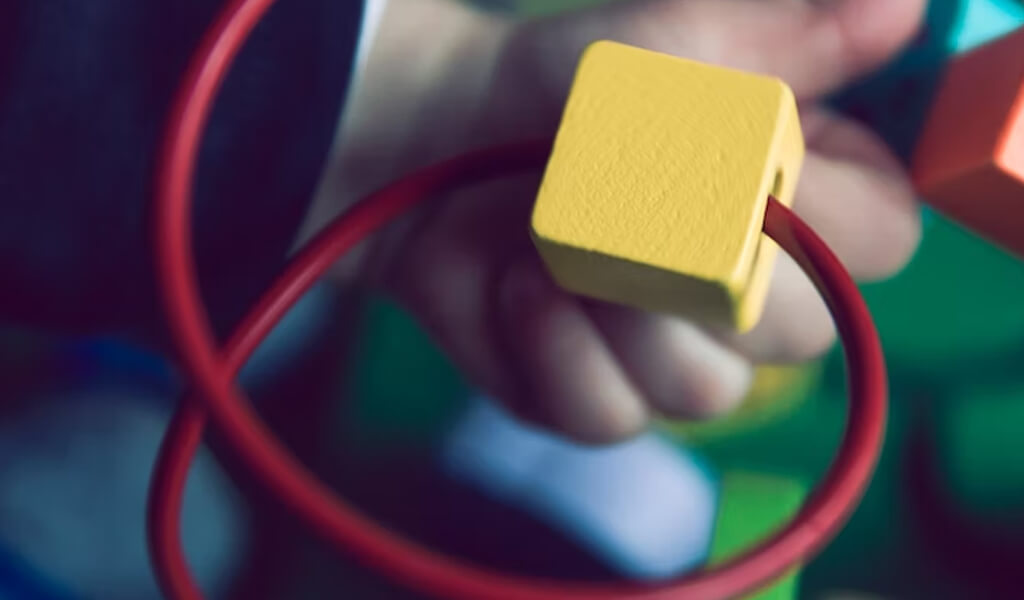
Inclusive Playground Equipment – Accessible Surfacing
A huge part of making your playground inclusive is the first step – ensuring everyone can actually access the playground. You should ask yourself: is this playground accessible by alternative means, such as on crutches or in a wheelchair? If the answer is no, you should reevaluate your surfacing, as a playground cannot be truly inclusive if it can’t be accessed by everyone equally. Some of our recommendations for an accessible surfacing include:
- Rubber wet-pour solutions. Wet-pour has a larger critical fall height capacity (the safest distance a child could fall from a height to the floor without risk of serious injury). Its smooth and even surface also means that wheelchairs can easily navigate across. You should regularly check for any cracks in the rubber, however.
- Rubber mats. Interlocked rubber matting provides a stable and sturdy surface that wheelchairs can roll across. However, if not installed or cared for properly, mats risk coming apart or curling up at the edges, which can pose trip hazards for children. Ensure this doesn’t happen by regularly inspecting the surface.
- Wood chips are a less suitable surface when promoting inclusivity. Wheelchairs will struggle to navigate across the bumpy and uneven surface, as will children on crutches.
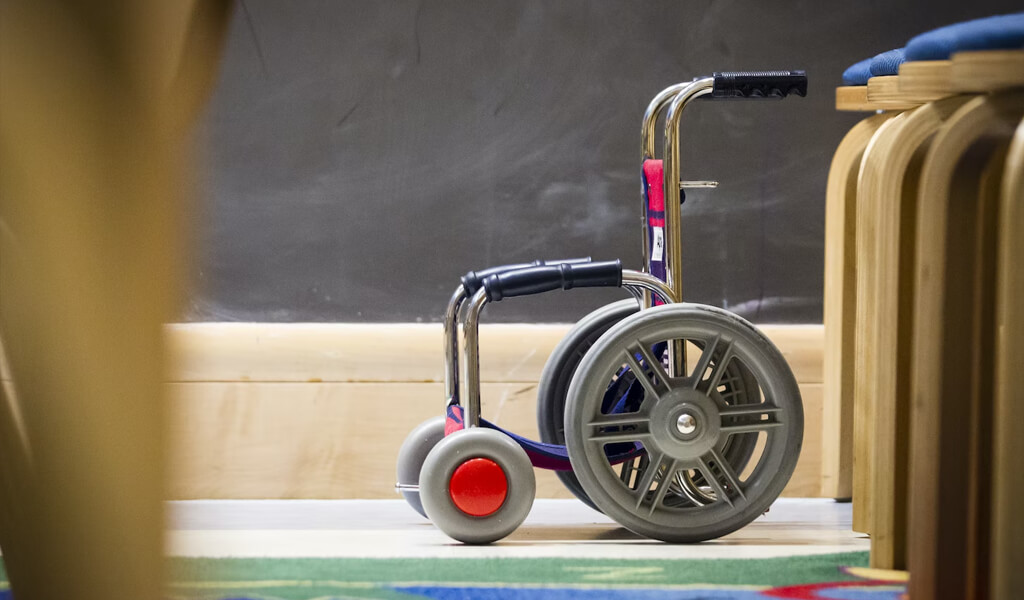
Evaluate Your Inclusivity
Both the starting and ending points of creating an inclusive playground should be evaluating just how inclusive it actually is. When starting out, you can create a list of inclusive features you want to add to your playground. At the end of your project, you can cross-reference your list and ensure you have done everything possible to create a truly accessible playground for all.
Thinking what points your checklist could include? We’ve got some ideas that we’ve listed for you below:
- Is the surfacing even and flat, to ensure wheelchairs can easily move across it?
- Are there plenty of rest areas, where children can sit down and take a breather?
- Is any of the playground built on narrow paths or slopes, making it difficult for others to access?
- Is there equipment that will engage the senses in positive and creative ways?
- Is the equipment accessible to children of all abilities?
- Could we add any equipment specifically designed for wheelchair access?
Whilst this isn’t an exhaustive list, hopefully we can steer you in the right direction of things to consider when designing a playground inclusive to all children. However, we are more than happy to discuss in further detail – simply fill out the contact form below or give us a ring on 01455 412134 to find out what The School Playground Company can do for you

